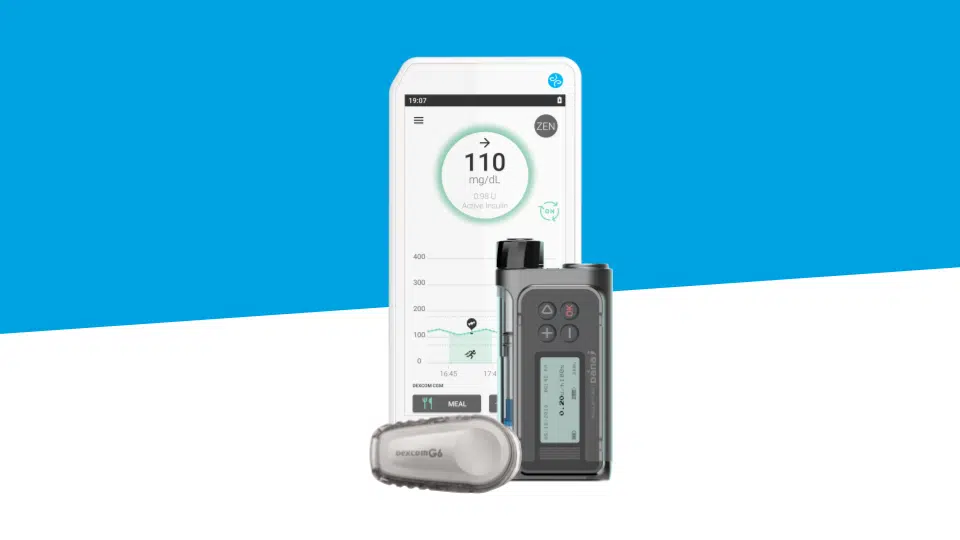
Tips for Parents of Teens with Type 1 Diabetes
|
Ingredients:
- Start with a boy or girl aged 10 to 16; in other words, a teenager in the throes of adolescence!
Adolescence is marked by mood swings, rebellion, the need for independence… and lots of physical and hormonal changes.
- Now take Type 1 diabetes, a chronic illness with challenges and demanding treatment requirements.
In other words: injections, dietary implications, diabetes management devices…
Mix the two together and what do you get? A recipe for a potential disaster.
As parents, we guide our children with diabetes through this chaotic time in their lives. In this article, I’ll explore Type 1 diabetes from our perspective as parents.
Type 1 Diabetes in adolescents: A Period of Change
Various factors must be considered to get a proper handle on Type 1 diabetes in teenagers:
- Insulin resistance;
- Increased insulin requirements due to a rise in hormones;
- Denial of the disease;
- Seeing the disease as the enemy.
There are different ways to manage diabetes during adolescence. A diabetes diagnosis is not quite the same in childhood as it is in adolescence.
Parents who have been helping a child with T1D from an early age are experts at monitoring the disease by the time their child becomes a teenager. They have ample experience and have already gone through the ups and downs of their child’s Type 1 diabetes.
On the other hand, if T1D is diagnosed during adolescence, parents learn about the disease at the same time as their child. This requires patience, for the parents are not only confronted with a major medical change, but also a hormonal change!
Nevertheless, that doesn’t necessarily make a T1D diagnosis any easier when your child is younger! During adolescence, your child is likely to experience diabetes burnout.
My advice:
- Always be there for your child.
- Keep a close eye on their treatment.
- Make sure your child’s rebellion does not affect their insulin therapy (at least, not too much).
- Feel free to seek help from medical and mental health professionals. Professionals can assist your teenager during this difficult period and free up some time for you to fulfill your role as a parent.
Adolescence and Individuality
Anyone who has a teenager knows a thing or two about abrupt and extreme mood swings, right? 🙂 With a teen with type 1 diabetes, some of these mood swings may in fact be caused by hypoglycemia or hyperglycemia. Usually, you’d ask your child to check their blood sugar. But teenagers can be rebellious! They can quickly become annoyed with what they see as incessant nagging.
My advice: Don’t bug your child with constant requests for a glucose check. If you keep on them, they’re likely not to check themselves at all.
I know you’ll worry! But you have to trust them.
Your child’s body changes during adolescence and this can be a source of discomfort. Type 1 diabetes complicates things even more. Teenagers have to get used to their equipment (CGM, pump, etc.) and integrate it into their wardrobes!
Teens like to hang out with their friends and be part of a group. Type 1 diabetes can make them feel alienated and insecure.
My advice:
- Talk to your teen about these physical changes.
- Hormones induce hyperglycemia, which means your child will need more insulin. Don’t worry; this is normal, not a sign that their Type 1 diabetes is getting worse.
- Reevaluate your child’s needs regularly, for teens tend to gain weight quickly and that means their insulin requirements will increase.
Type 1 diabetes does not have to affect your teenager’s life negatively. Instead, it can become a strength. Teens like to be unique. Adolescence is a time for creating their own personal style and asserting themselves. If your teenager can see their Type 1 diabetes as an asset, they will have a much easier time with the disease as an adult.







